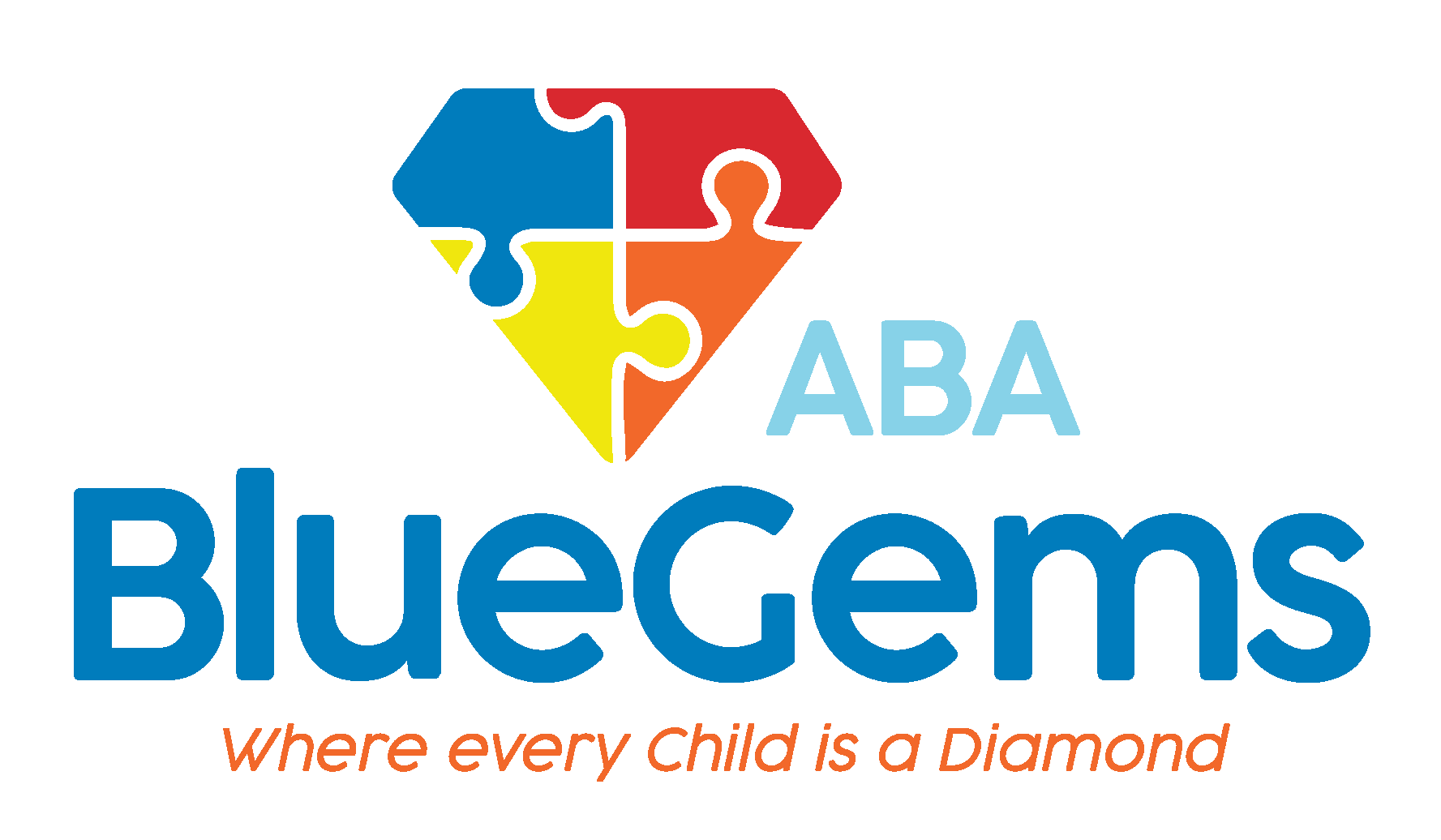The Difference Between ‘Compliance’ and ‘Cooperation’ in ABA
Applied behavior analysis (ABA therapy) is considered the gold standard treatment for children with autism spectrum disorder (ASD). Taking a science-based approach to supporting children on the autism spectrum helps them to acquire the essential skills they need and reduce challenging behaviors so they can live as independently as possible.
While the reliance on data-supported evidence has not changed in ABA therapy over the years, much has evolved as new advancements are made. One example is the shift from focusing on strict compliance from patients to an approach that encourages active cooperation between the patient and therapist.
While “compliance” and “cooperation” have similarities, there are many key differences between those two words.
In this article, we’ll discuss the difference between compliance and cooperation in ABA therapy.
Key Takeaways
- Compliance focuses on obedience through prompt-following and rewards.
- Cooperation emphasizes mutual respect and child-led engagement.
- Both have value, but cooperation leads to better emotional regulation and independence.
- Modern ABA therapy is shifting toward collaboration and relationship-building.
- Children learn self-awareness, decision-making, and communication through cooperation.
Table Of Contents
How Does Compliance and Cooperation Differ in ABA Therapy?
In ABA therapy, compliance is a patient’s ability to follow instructions. It involves prompts and/or commands, and emphasizes the patient responding immediately and obeying.
To get children to comply with requests and commands, therapists will use positive reinforcement tools and rewards systems. They may give the child extra praise, time with a toy they love or a token to exchange later as a way to reward them for following the instructions and keeping them engaged and motivated in the therapy.

There is real purpose behind compliance, as it’s necessary for children with autism to learn to follow directions and instructions so they can navigate various aspects of their lives successfully.
Cooperation, on the other hand, focuses on the child being actively willing to be a participant in ABA therapy. The foundation of cooperation is trust and mutual respect.
What focusing on cooperation does is encourage children to more meaningfully engage with their therapist and the environment around them, which can then foster emotional regulation and independence.
| Aspect | Compliance | Cooperation |
|---|---|---|
| Definition | Following instructions immediately, often prompted or commanded | Willing participation based on trust and mutual respect |
| Goal | Teach direction-following and obedience for safety and routine tasks | Foster emotional regulation, agency, and meaningful engagement |
| Methods | Prompting, positive reinforcement, reward systems | Relationship-building, patient-centered interaction, mutual respect |
| Long-term Benefits | Understanding rules, following necessary instructions | Independence, emotional regulation, improved social communication |
Why is ABA Therapy Shifting to Cooperation and Away from Compliance?
As mentioned, there are times in life when compliance is necessary.
You need to follow the rules of the road, for example, or you could get hurt or hurt others. You need to follow instructions as they are given to you to complete a test in school or a task at work.
Yet, even many of these other environments are shifting to a more collaborative approach. For instance, schools and even work environments have moved away from the “do it because I said so” approach to getting buy-in from students and employees so they want to do the things they are asked to do — or at least understand why they have to do it.
It’s much the same in ABA therapy.
When therapists foster cooperation with their patients, it helps to develop a relationship that’s built on mutual respect. This is an important aspect of any relationship in life.
By doing this, children can learn to make their own choices, develop self-awareness and agency, and communicate how they’re feeling. This is how ABA therapy builds the “buy in” that’s become such a catchphrase in the professional world today.
Children learn essential life skills this way, such as speaking their mind, making quick decisions, regulating their emotions and understanding some natural reinforcers. It helps them to develop empathy for others, which can help them build their communication and social skills.
Much research has shown that fostering cooperation can lead to improved learning outcomes, higher emotional regulation and a boost in overall development.
Instead of taking a strict and rigid approach to therapy, cooperation fits in perfectly with the patient-centered approach that has also become common nowadays in other health-care settings.
In terms of ABA therapy, cooperation helps to prioritize the independence, well-being, dignity and respect of all children with ASD.
Blue Gems ABA Takes a Collaborative Approach to ABA Therapy
Fostering collaboration is an effective way to build trust and rapport between therapists and patients in ABA therapy. It teaches children essential life skills while also helping them become more independent from a young age.
At Blue Gems ABA, we take a collaborative approach to ABA therapy. Our team works hard to build relationships based on trust that encourage children to participate and engage in the therapy so they can learn the skills and modify the behaviors they need to in order to navigate the world around them.
To learn more, please contact us today.
Frequently Asked Questions (FAQs)
- Q: Why is compliance still used in ABA therapy?
It helps children follow necessary rules and instructions for safety and structured environments. - Q: What does cooperation look like in a session?
Children willingly participate, make choices, and build trust with their therapist. - Q: Does cooperation mean letting the child do whatever they want?
No. It means guiding them in a respectful, engaging way that encourages collaboration and learning. - Q: Can cooperation improve learning outcomes?
Yes. Research shows it enhances engagement, emotional regulation, and social development. - Q: How does Blue Gems ABA use cooperation in therapy?
By focusing on relationship-building, trust, and child-led learning to build key life skills.




